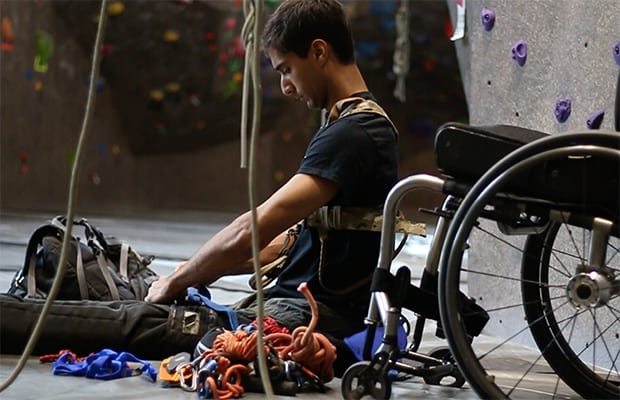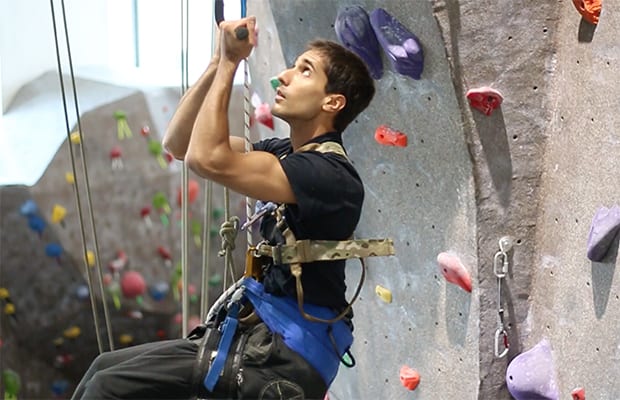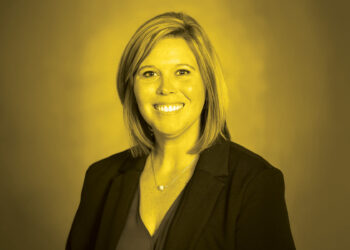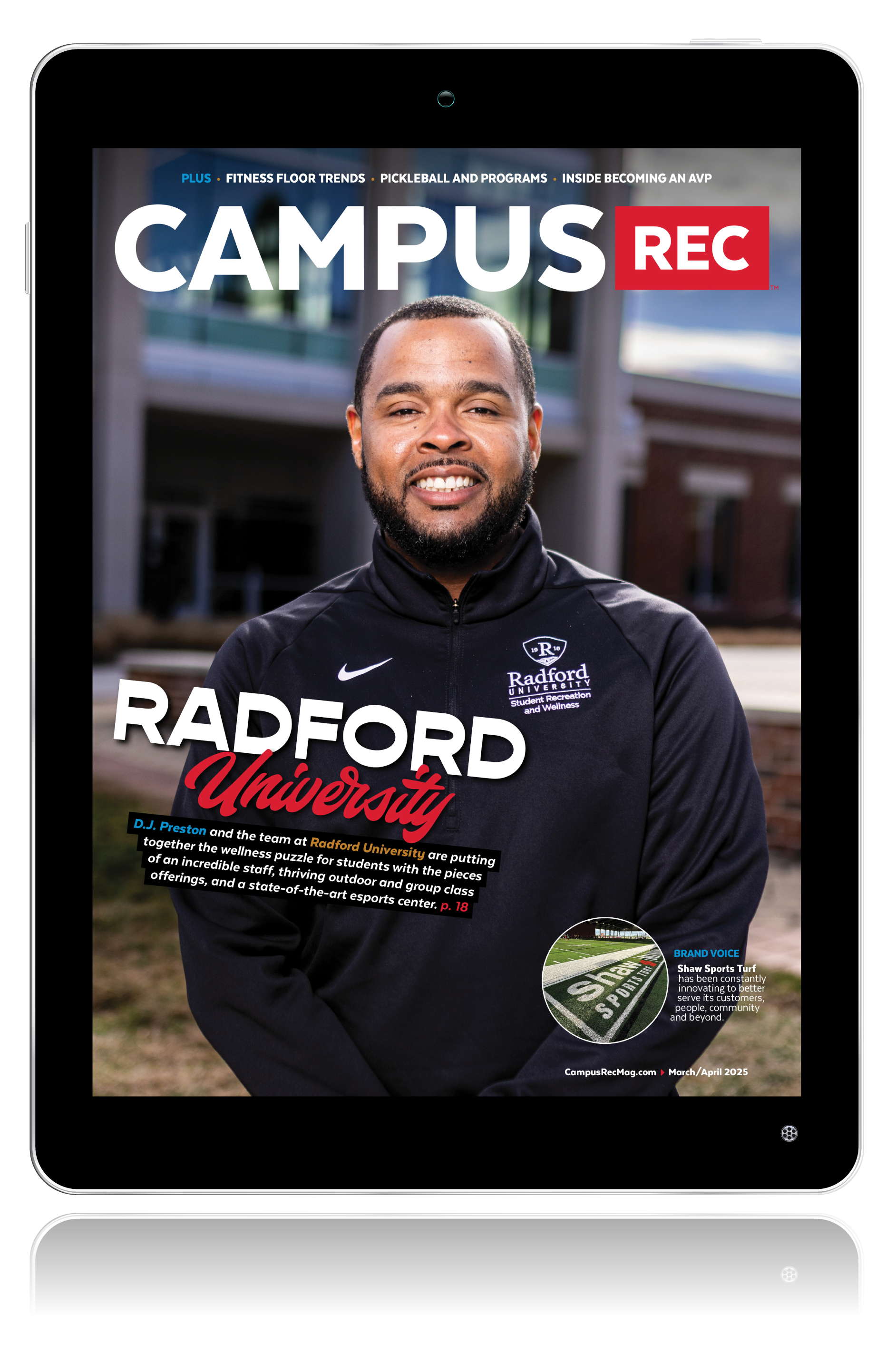Providing a welcoming environment for the entire campus community has always been a priority for the Recreation Services Department at the University of Colorado Boulder. However; over the last year with the launch of their inclusive recreation initiative, they have taken things a step further.
“We had gone through a variety of training as a staff around diversity and inclusivity,” said Nicole LaRocque, the associate director of programs at CU Boulder. “But for me, when I was working in fitness and wellness about a year and a half ago, I encountered a student who had left campus in May walking and returned two months later in a wheelchair for the rest of his life. I think that was the catalyst that brought all the years of training together for me. Getting to know the student, getting to know the student’s family and having conversations with them. At this point I really had a face to it and could not stop thinking about him.”
LaRocque approached her boss with the idea of doing something around inclusivity within the recreation center. He was on board and so was the rest of the university. According to LaRocque everyone wanted to chip in and help out in any way they could. To start, she reached out to the Disability Services department on campus.
“During our first meeting, we literally sat in the office and looked at each other,” she explained. “We knew we wanted to do something, but we didn’t know how and we didn’t know what it was going to look like. We probably had three or four meetings were we were just throwing ideas at the wall to see what stuck.”
After several meetings they came up with the idea for the inclusive recreation initiative. The goal of CU Inclusive Recreation is to create a safe, accommodating, welcoming and open environment while providing equal, accessible and respectful opportunities for all. These opportunities are aimed to better serve students with mobility impairments, visual impairments, LGBTA students, veterans and various other groups on campus.
All Inclusive Rec activities are free to the CU community. Examples of upcoming activities include: Zumba for the Deaf and Hard of Hearing, LGBTA and Allies Skate Night, Vet Day at the Climbing Gym and many more.
“We try to provide a variety of programming, ideally collaborative with other departments on campus. For example, the LGBTQ and Allies Skate Night is done in conjunction with the Gender and Sexuality Center,” added LaRocque. “When we do an adaptive climb, Disability Services is present. So we try to do those collaborations. We want inclusive rec to serve the needs to the people who need the programs, but we have it free for the entire CU campus because we also want people to build that community and to learn from these experiences as well.”
LaRocque shared a few pieces of advice on developing an inclusivity program:
Patience is key: “Patience is important because it has been a year in the making and we are just now starting to see some positive outcomes. And I know we still have a long way to go so patience has been important. I wanted it to be perfect first time out of the gates, which is not going to be that case. It is one person at a time. It may feel like at times my entire week is consumed by this effort and we only get positive feedback from this one person, but that is still one person that we are impacting. You cannot be numbers driven, you have to look at the quality of the impact.”
Don’t be Afraid to Take Risks: “It feels risky. I think a lot of times people shy away from diversity and inclusivity because it is uncomfortable and we are scared we are going to make a mistake. I would rather make a mistake trying that to not try at all. One example would be our Zumba for the Deaf and Hard of Hearing. Well someone grabbed the story and posted it as Zumba for the Hearing Impaired, which can be offensive. Fortunately, that did not come out of our office, we did not put the title on that story, but we very well could have. It is learning and double checking to make sure we are using proper terminology so that we are being inclusive with our language.”















